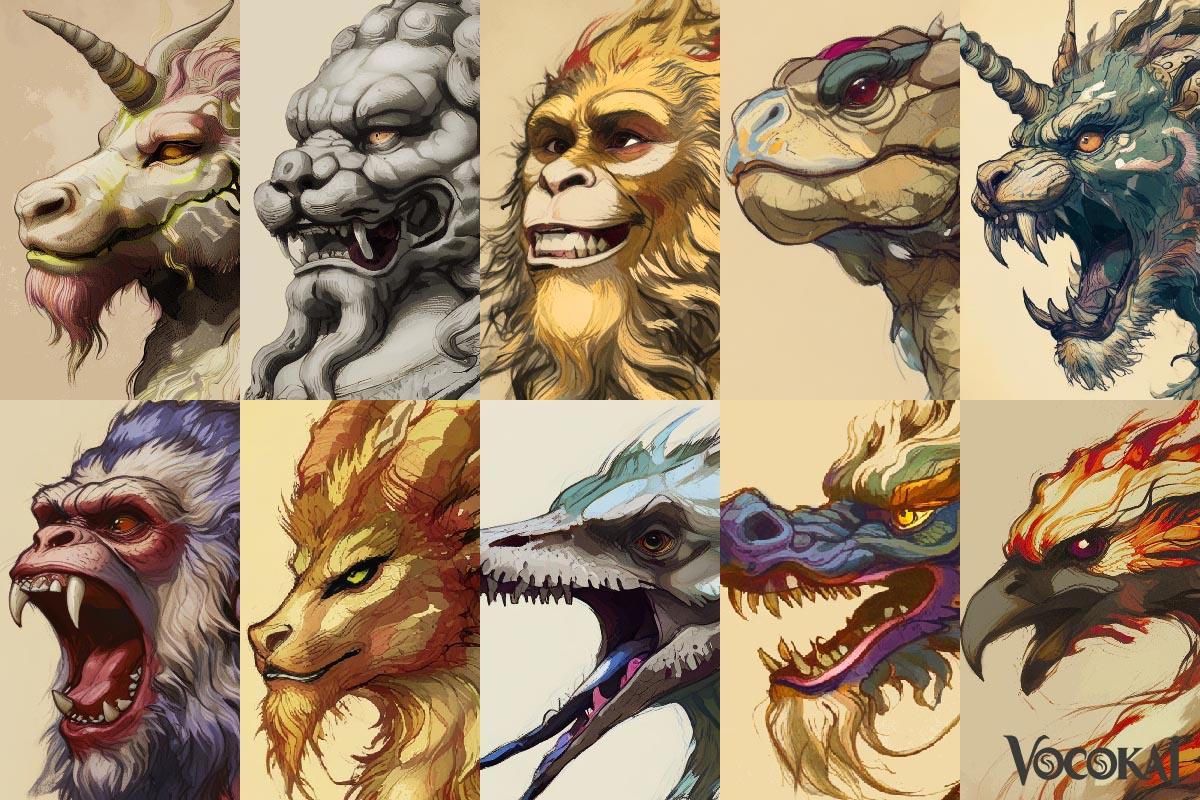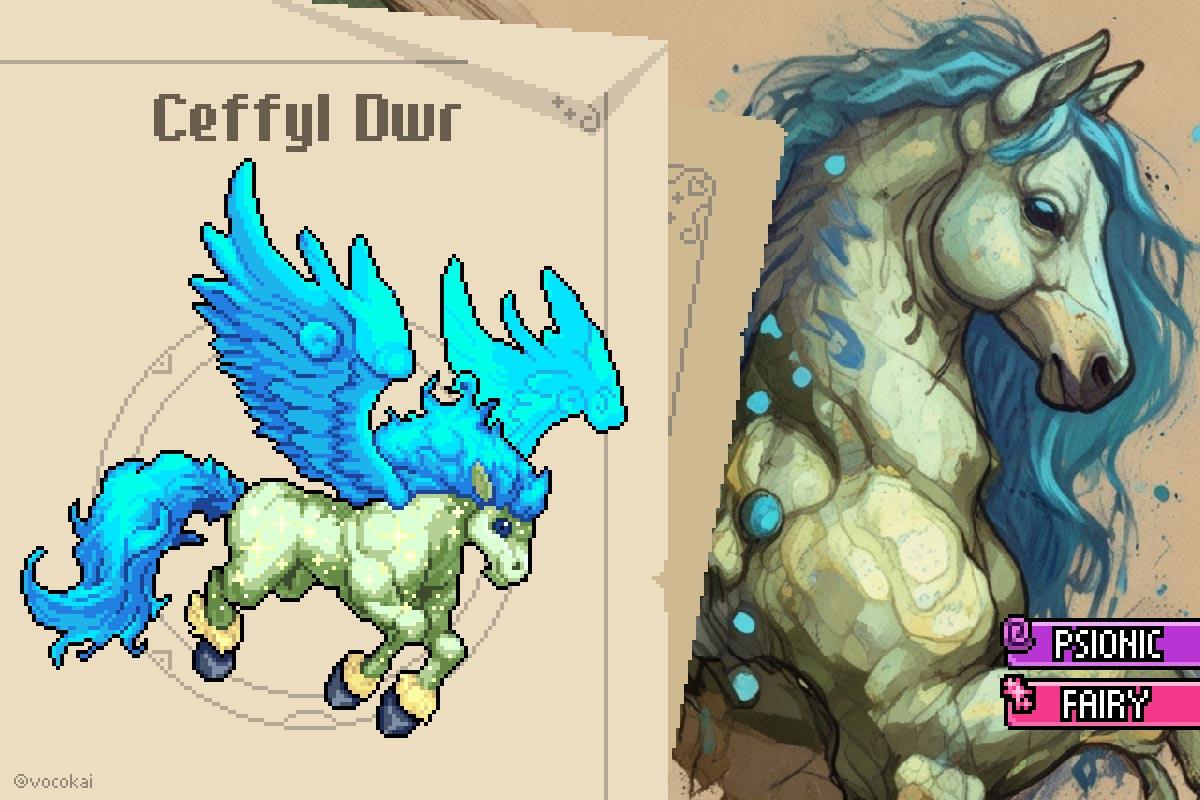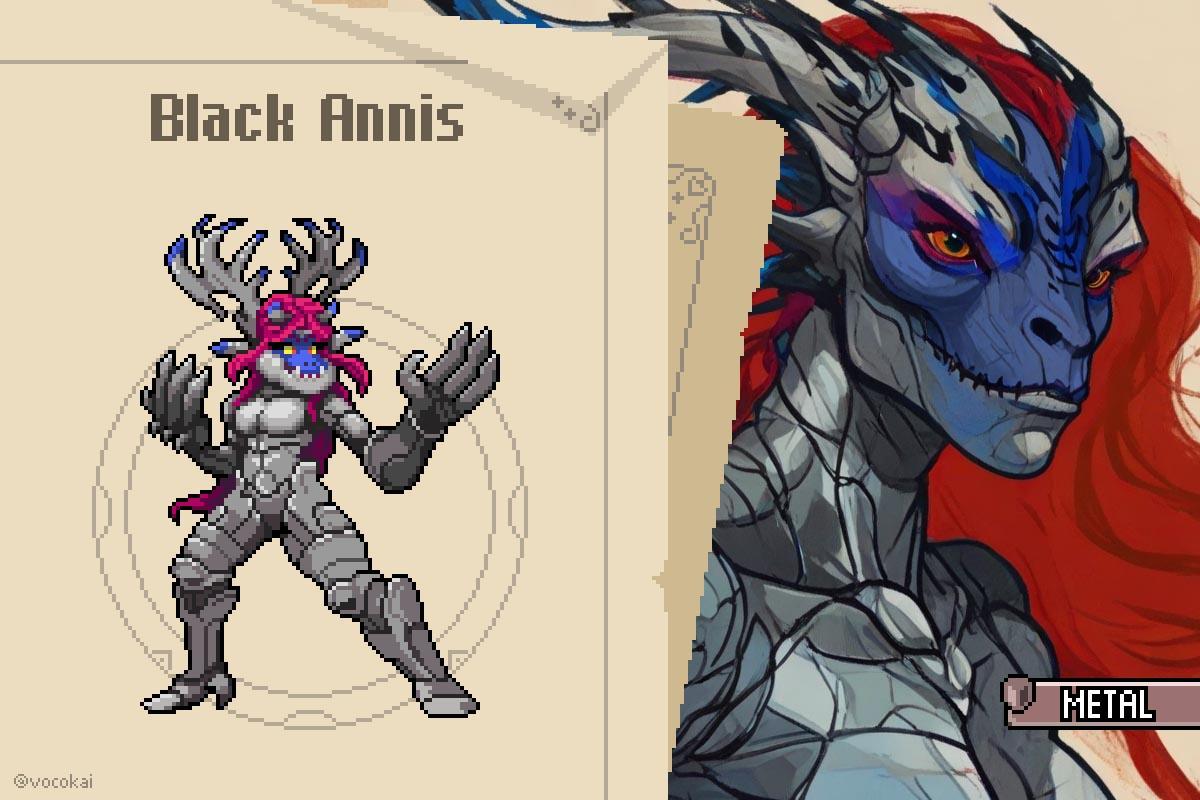Introduction – Creatures in Chinese Mythology
Chinese mythology is rich with tales of powerful and mysterious creatures. They embody ancient values, beliefs, and elements of nature. These creatures in Chinese mythology include not only fierce dragons. But also protective lions and mythical animals. Such as the Qilin and legendary beasts as the Nian monster. Each creature has a unique story that links it to Chinese history, symbolism, and values. Therefore, in this article, we’ll introduce some of the most famous mythical creatures in China. From their origins to the tales they bring to life. Furthermore, let’s dive into the world of Chinese mythology creatures. And discover the legends behind them.

Shishi: The Guardian Stone Lion
The Shishi (石獅), or guardian lion, are often outside temples and palaces in China. Because they symbolize protection and strength. Particularly known for its lion-like appearance, the Shishi is commonly carved from stone. As can be seen, they are placed often in pairs. So they can guard well against evil spirits and negative energies.
Undeniably the origins of the Shishi are ancient beliefs in powerful animals. That they were guarding sacred spaces. Stories say that these stone lions come to life during times of need. By defending the realms they protect. To conclude, they are symbols of courage and loyalty in Chinese mythology.

Nian: The New Year’s Monster
The Nian (年兽) is a fierce creature with the head of a lion and a horn on its forehead. This beast is known for its role in Chinese New Year traditions. According to legend, the Nian would emerge from the sea or mountains once a year. Then will terrorize villages and especially targeting children. Nian is both feared and respected as one of the most formidable Chinese mythology monsters.
Eventually, to protect themselves, villagers discovered that the Nian feared loud sounds, bright lights, and the color red. Therefore, this led to the custom of fireworks, firecrackers, and red decorations to ward off the Nian each New Year. Without a doubt, these customs remain essential to the celebration. Eventually marking the continued influence of this mythical creature in Chinese culture.

Sun Wukong: The Monkey King
The Sun Wukong (孙悟空), also known as the Monkey King, is one of the most iconic characters in Chinese mythology. Born from a stone egg, Sun Wukong possesses extraordinary strength. As well as great agility and a mischievous nature. His legend, told in the epic “Journey to the West,” includes battles with demons, gods, and even dragons.
This popular character is famous for his magical abilities. Such as shape-shifting and cloud-walking. Besides, his tale represents resilience, cleverness and the importance of growth. Though rebellious and chaotic, Sun Wukong’s journey is one of self-discovery and transformation. Consequently making him an unforgettable character in Chinese mythology.

Fenghuang (凤凰): The Fire Bird
The Fenghuang (凤凰), or the “Chinese phoenix”, is a magnificent and colorful bird. Unlike its Western counterpart, the Fenghuang is not only associated with the rebirth from ashes, but also embodies virtue, grace, and harmony. Especially with a radiant plumage of red and gold, it represents the balance of yin and yang and a symbol of peace and prosperity. Additionally, the appearance of the Fenghuang foretells times of great harmony and happiness, marking it as a harbinger of blessings. That is to say, all this positive traits makes it one of the most popular creatures in Chinese mythology.
In Chinese folklore, the Fenghuang is the ruler of all birds. And also this magical bird embodies the union of male and female energies. As well as symbolizing the five virtues of benevolence, righteousness, propriety, wisdom, and sincerity. In conclusion, the Fenghuang holds a respected place in Chinese culture, as a symbol of high moral standards, beauty, and the unity of opposites.

Long Gui: The Turtle of Longevity
The Long Gui (龙龟) is a unique turtle-like creature symbolizing longevity, wisdom, and stability. Significantly representing the harmony between earth and water. Also Long Gui has the head of a dragon and the body of a turtle. Undoubtedly, it is a common figure in Chinese mythology animals, revered for its balanced strength.
Additionally, this mythical turtle is often depicted in art and sculpture. Especially carrying great mountains or sacred relics on its back. Also, legends tell of the Long Gui’s ability to bring peace to those who respect it. All in all, even today, statues of Long Gui are used as charms to bring fortune and prosperity.

Xiezhi: The Intelligent, Truth-Seeking Beast
The Xiezhi (獬豸) resembles a goat with a single horn on its forehead. And it is especially known for its unique ability to distinguish innocence from guilt. Covered in thick, dark fur with piercing bright eyes. This mythical Chinese animal embodies justice and intellect.
In stories, the Xiezhi is a guardian of truth. Due to often assist judges and officials in making just decisions. Accordingly, legends say it would charge at the guilty, using its horn to expose dishonesty. The Xiezhi’s symbolism as a creature of truth remains strong in Chinese culture, particularly in law and justice.

Long: The Chinese Dragon
The Long (龙), or Chinese dragon, is perhaps the most famous of all creatures in Chinese mythology. They are considered to have a sinuous body, scales like a fish, and the ability to soar through the skies. Also, Long dragons symbolize power, strength, and divine protection. Unlike Western dragons, Longs are revered. Particularly they are wise and bring good fortune.
Chinese mythology dragons appear in countless stories. Significantly associated with the emperor, who is said to embody the spirit of the dragon. These dragons control the elements, especially water, bringing rain to parched lands. During festivals, dragon dances celebrate this creature’s might and benevolence. Many temples in China still pay homage to the Long, hoping to earn its favor and protection.

Jueyuan – The Mysterious Monkey Creature
The Jueyuan (玃猿) is a large, mysterious monkey creature from Chinese mythology. Indeed known for its strength and human-like features. Unlike other mythological creatures, the Jueyuan is both feared and respected. Said to reside in the western mountains of China, this mythical Chinese animal possesses qualities similar to those of a great ape, with keen intellect and agility.
Legends tell of the Jueyuan’s ability to transform into human form, blending with society to achieve its goals. As can be seen, this thematic can be connected with the Japanese “Ozaru”. Some tales depict the creature as capable of sinister acts, such as kidnapping humans. Surely, over centuries, stories have emerged of Jueyuan encounters with travelers. By often leaving people awestruck by its powerful and elusive nature. While the Jueyuan is less known than dragons or qilins. Its legend remains an intriguing part of Chinese mythology’s monsters.

Qilin: The Creature of Prosperity
The Qilin (麒麟) is a gentle and mystical creature in Chinese mythology. Similar to a unicorn or chimera. This mythical animal has a dragon-like face and deer body. And also could have a burning aura of fire around it. Especially Qilins are known as a harbinger of good luck and prosperity. For that reason the Qilin is one of the most beloved animals in Chinese mythology.
According to legends, the Qilin only appears in areas blessed with peace and harmony. Often gracing the birthplaces of wise rulers or great sages. In conclusion, this Chinese mythology creature, symbolizes virtue and kindness. This graceful creature is able to walk without disturbing the grass or harming any living being.

Zhenniao: The Poisonous Bird
The Zhenniao (鸩鸟), or poison bird, is a dark-feathered creature of powerful venomous qualities. According to Chinese mythology, even a single feather of the Zhenniao is deadly. Especially this bird is a rare and dangerous figure among Chinese mythology creatures.
Mythical tales of the Zhenniao tell of its ability to kill with a single peck. Used as a form of punishment for evildoers. Though feared, the Zhenniao was also respected for its unique place in nature as a symbol of justice. But also as natural balance between life and death.
List of Creatures in Chinese Mythology
The diversity of mythical creatures in Chinese mythology is vast. Here is a list of other notable figures:
- Bai Ze: A white beast with knowledge of all supernatural beings.
- Taotie: A gluttonous creature symbolizing greed.
- Nine-Tailed Fox: A mystical fox spirit known for shape-shifting.
- Jiangshi: A reanimated corpse or “hopping vampire.”
- Heavenly Dog (Tiangou): Known for eating the sun or moon, causing eclipses.
- Yazi: A fierce creature with dragon-like features.
- Bashe: A giant serpent that swallows elephants.
- Huli Jing: A fox spirit that can be either benevolent or malevolent.
- Pixiu: A protective beast that attracts wealth.
- Zhulong: A dragon deity symbolizing light.
- Gui: Spirits of the dead.
- Kunpeng: A giant fish that transforms into a bird.
- Huanglong: The Yellow Dragon of the Center.
- Magu: The goddess associated with hemp and longevity.
Chinese mythology animals, dragons, and mythical monsters continue to inspire us. By captivating us through their powerful stories and symbolic meanings. These creatures in Chinese mythology offer a window into ancient beliefs and values. They reflect human fears, desires, and hopes. As you explore these Chinese mythology names and creatures. You will discover a world that combines history, culture, and imagination in a timeless legacy.
Did you like this article of Creatures in Chinese Mythology? Discover more mythological creatures in our Creatures blog.
In addition, if you also like RPGs and Monster Taming games. Such as Digimon, Pokemon, Temtem, Dragon Quest… Please check our game Vocokai main page. Also can find more info of the project here. Vocokai is a classic RPG game developed by Aoying. This games allows you to hunt and control mythological creatures of different cultures around the world. While you advance in a post-apocalyptic story bounded with many historical and mythological events from the past.

















